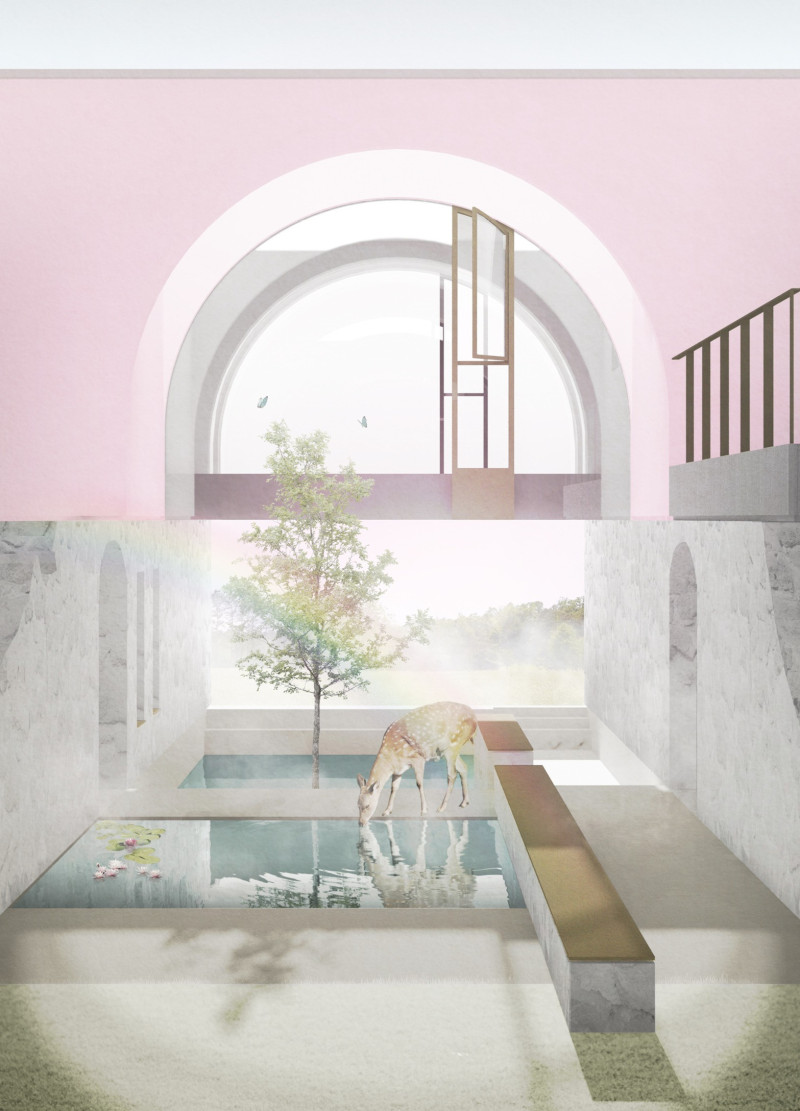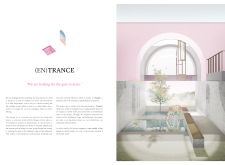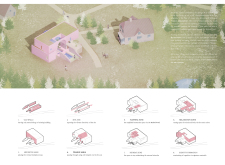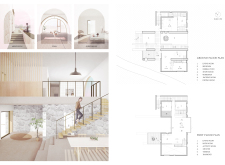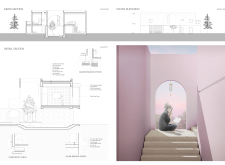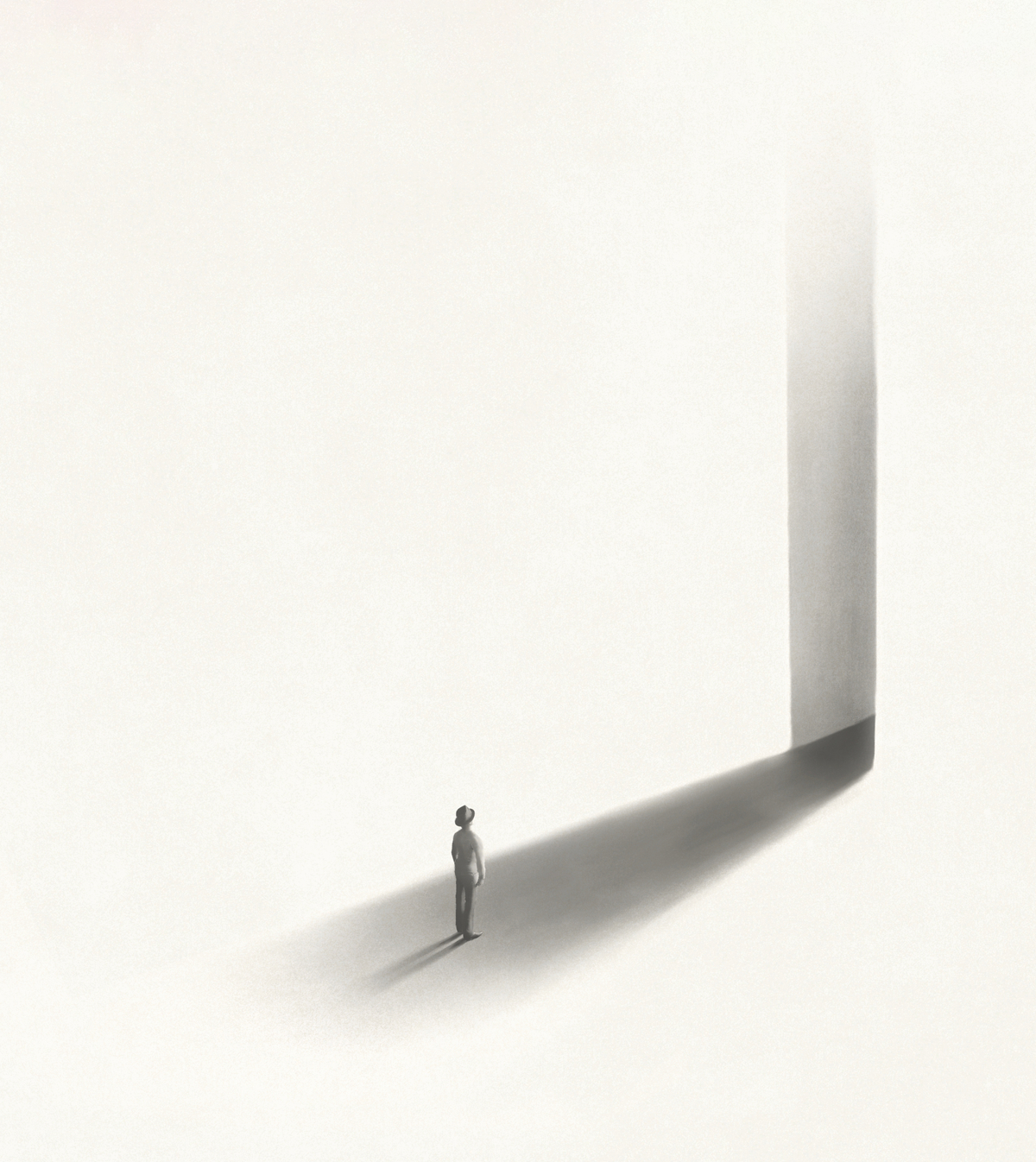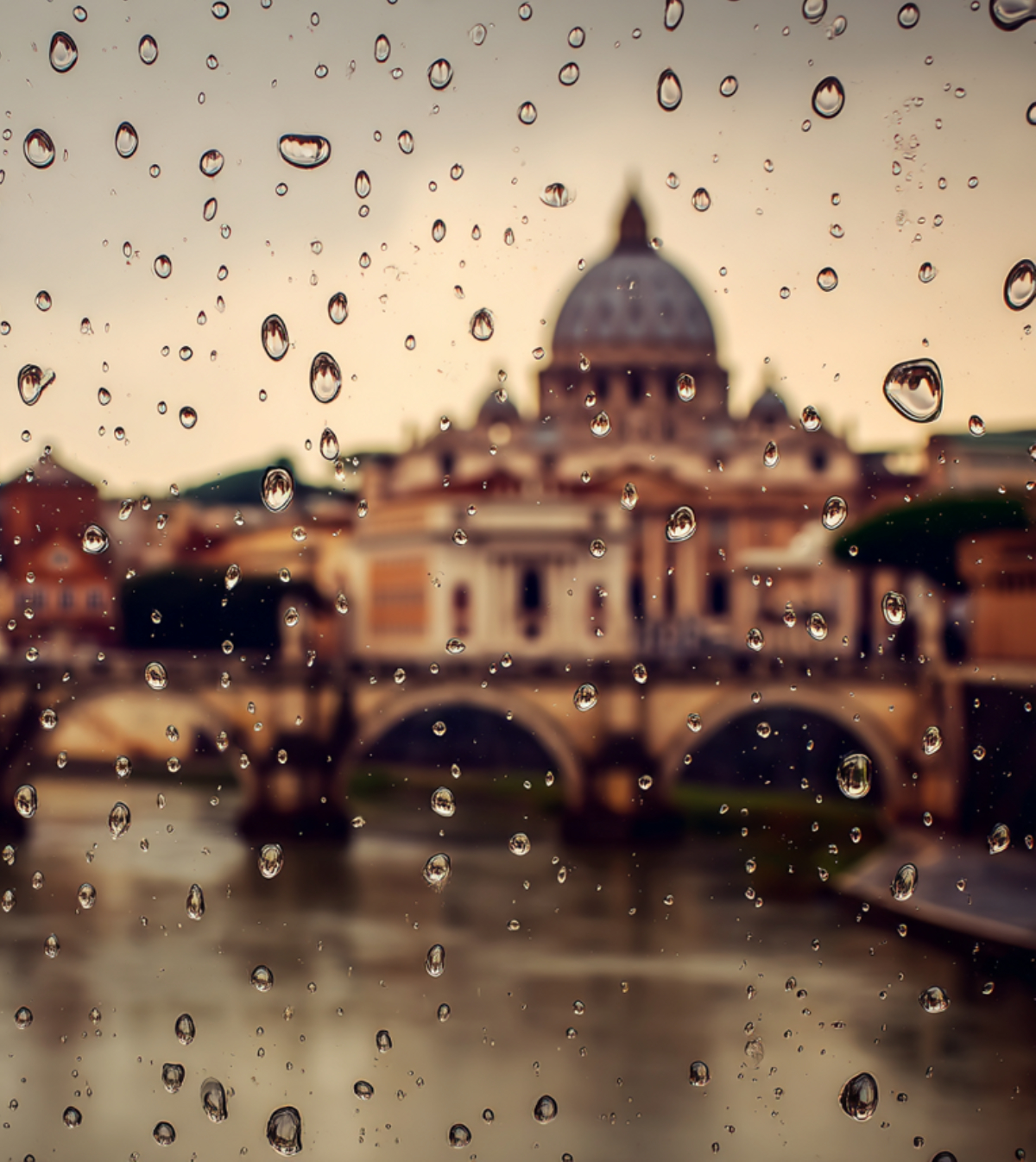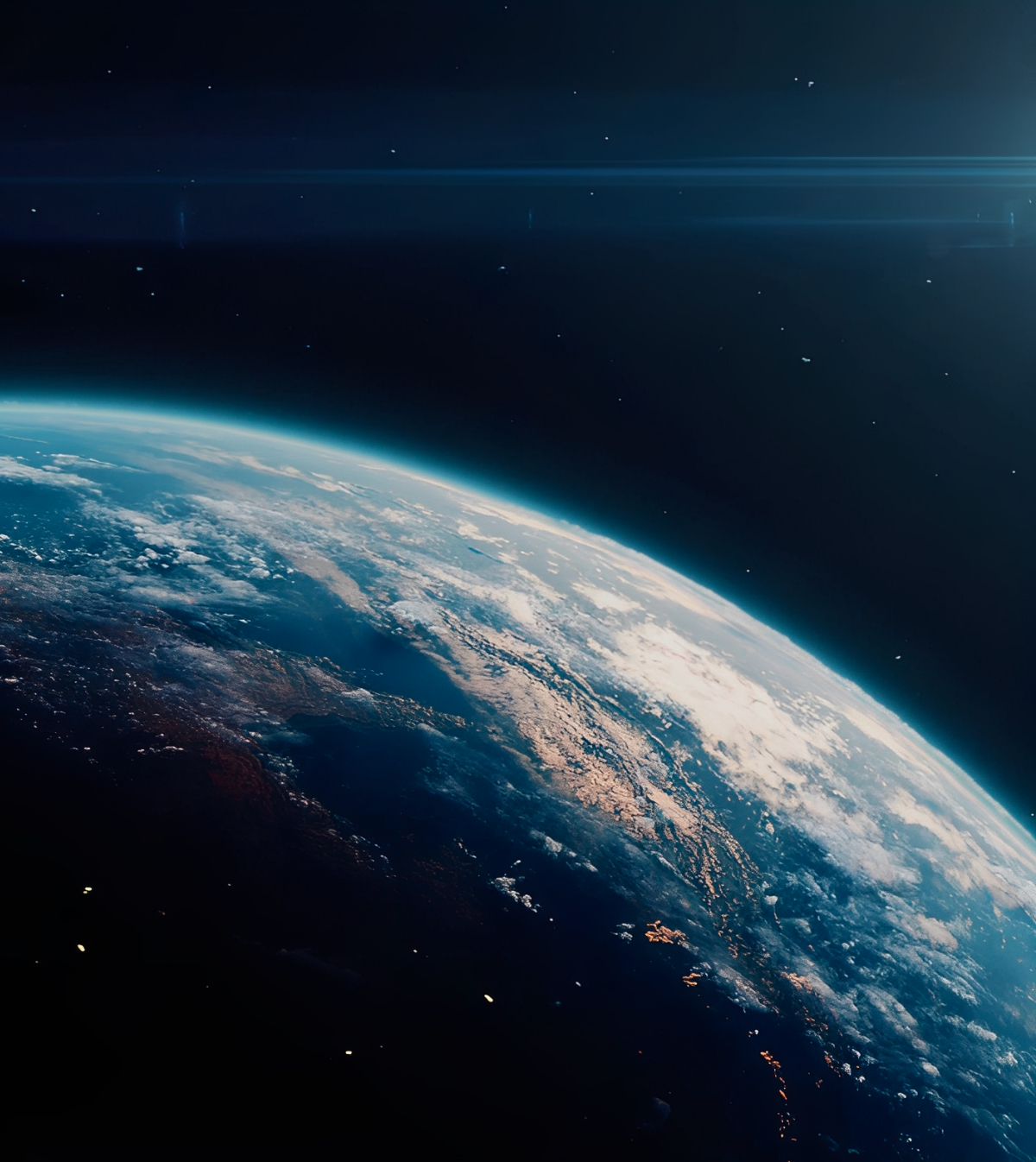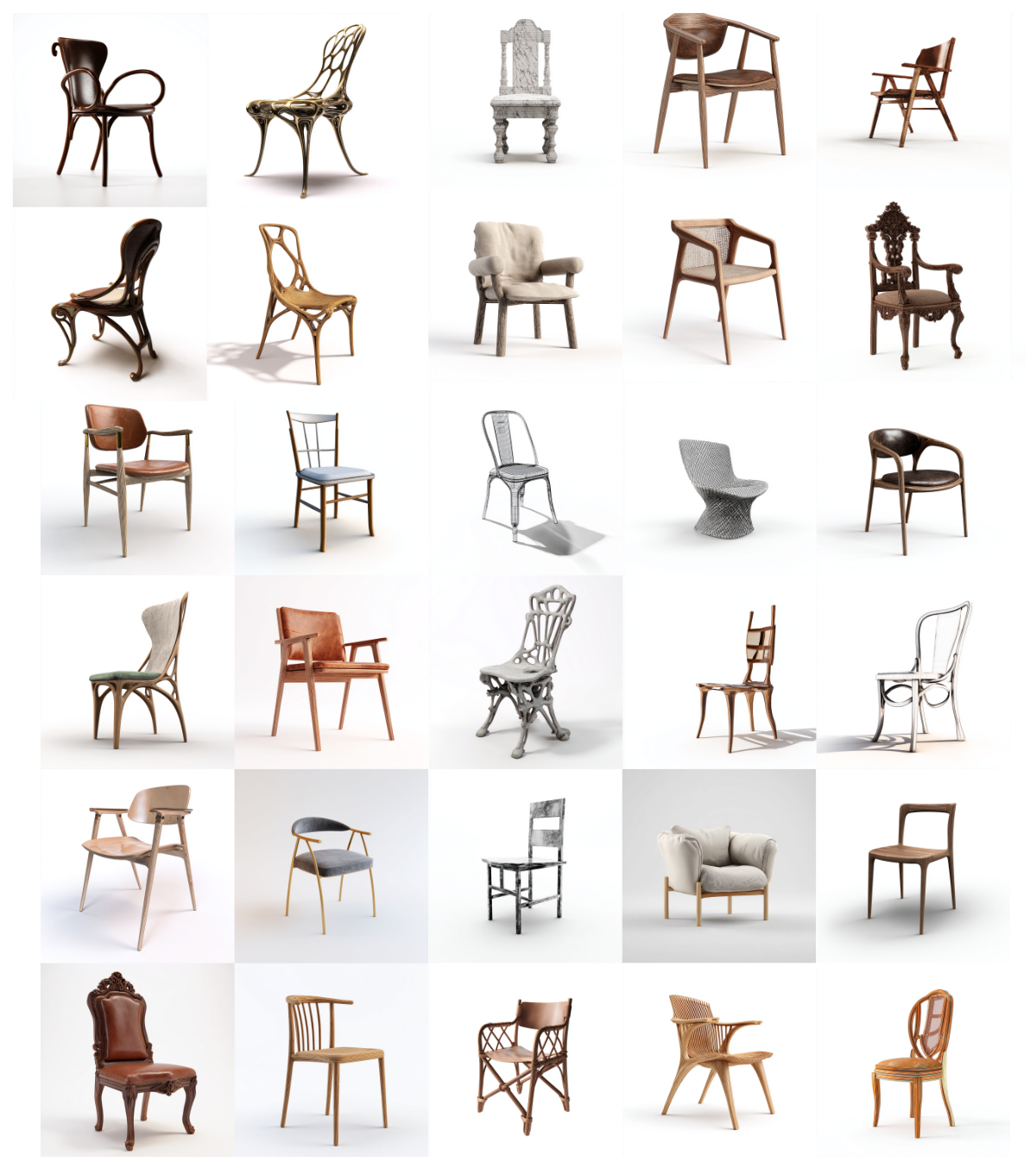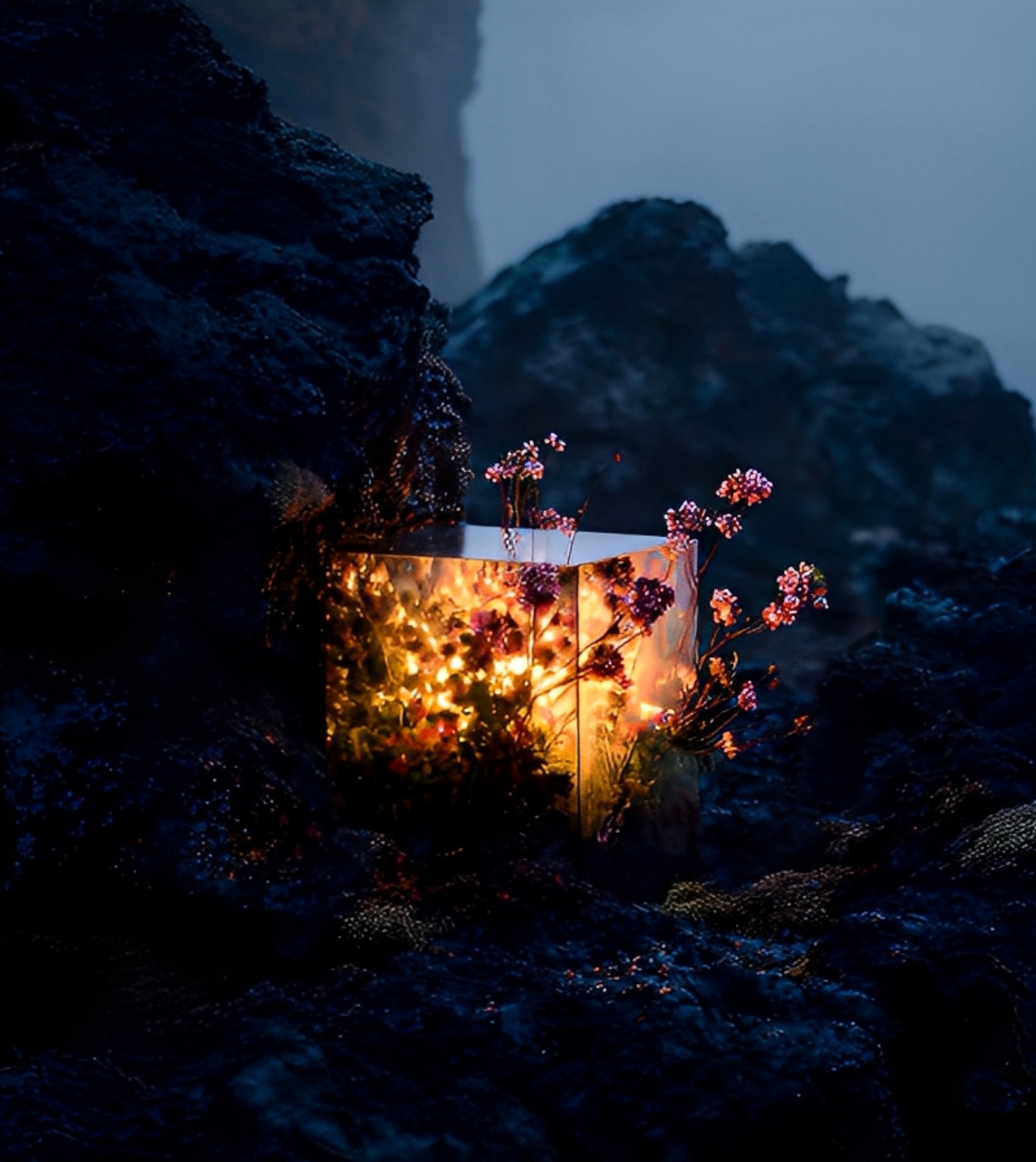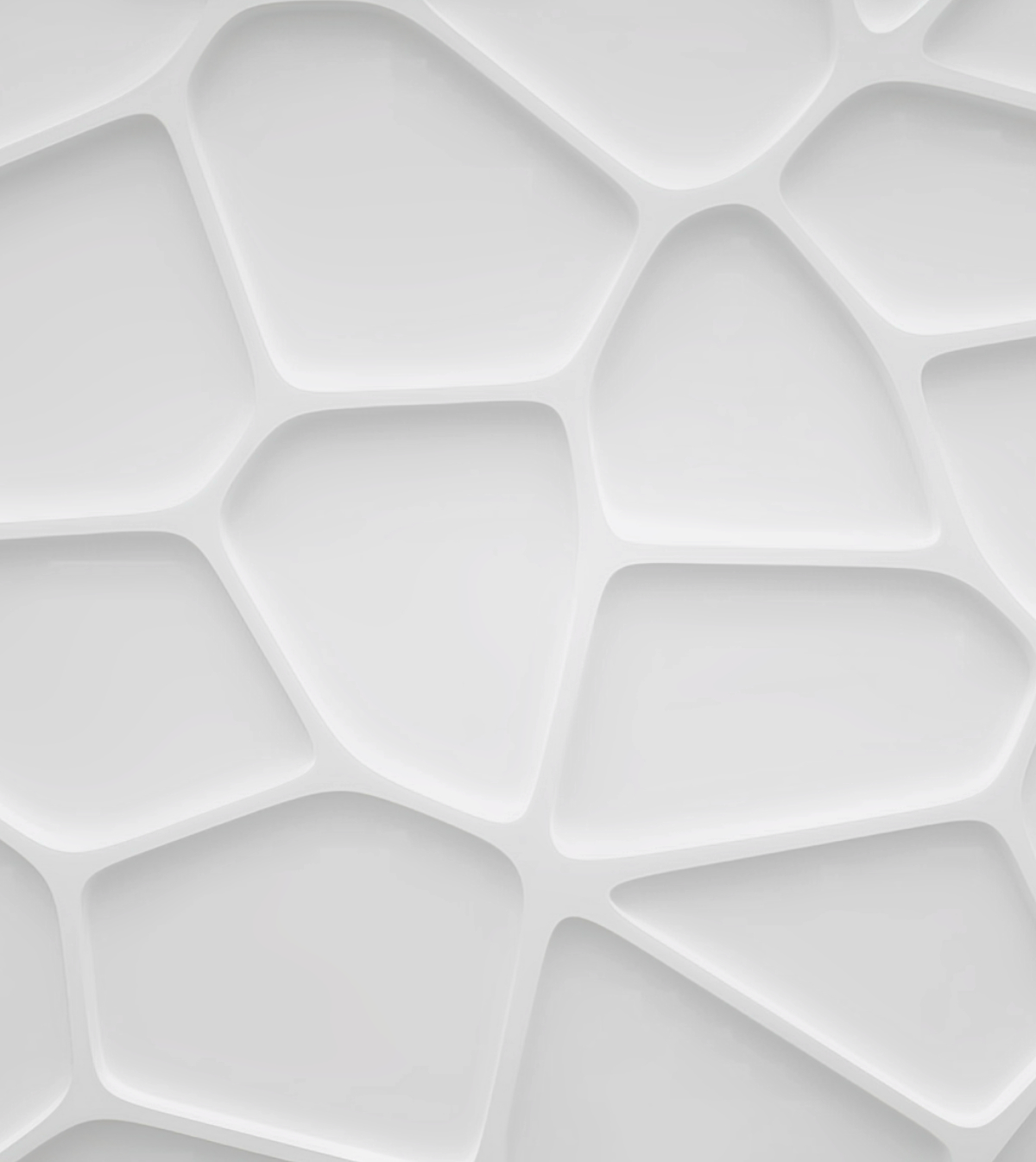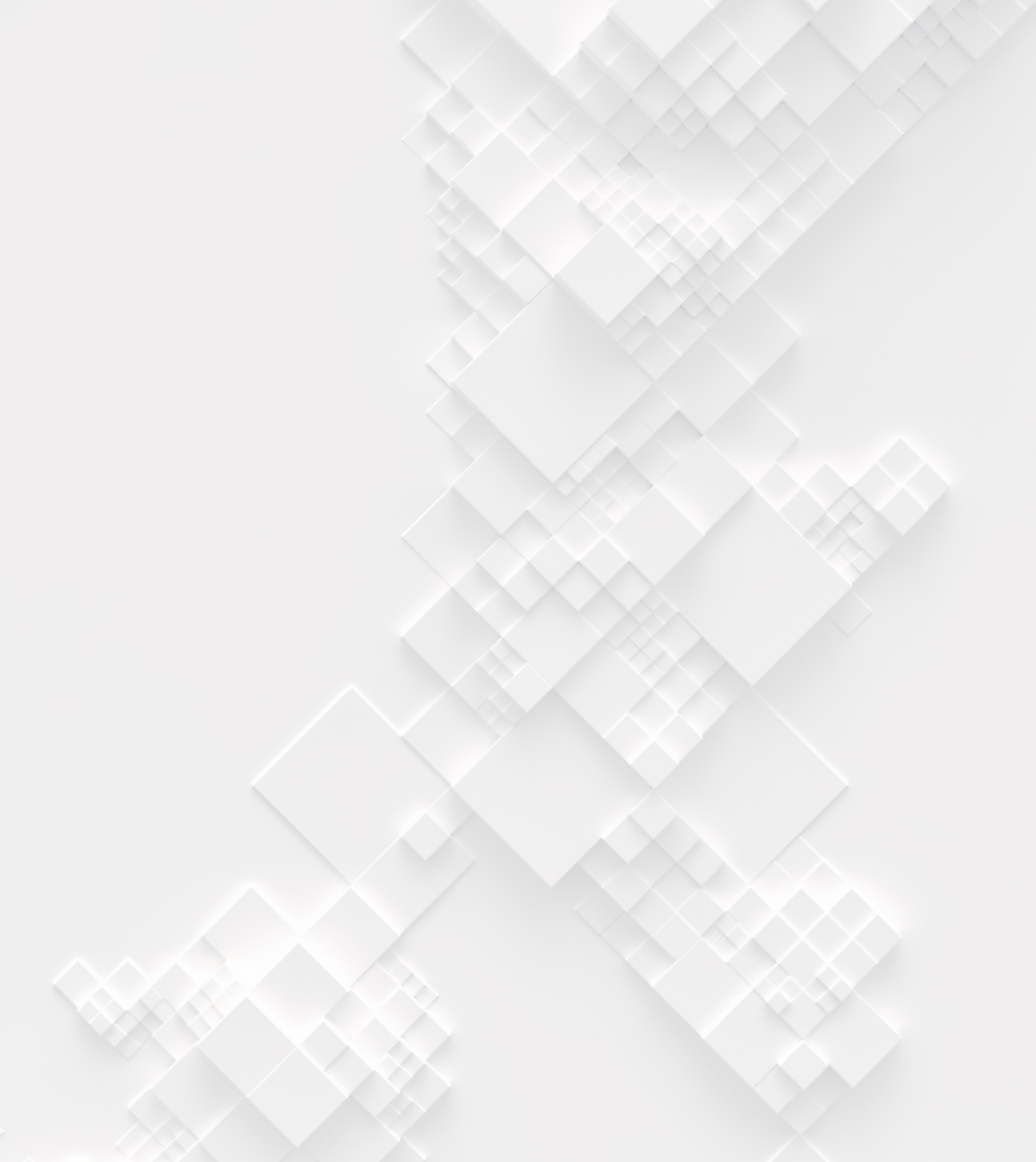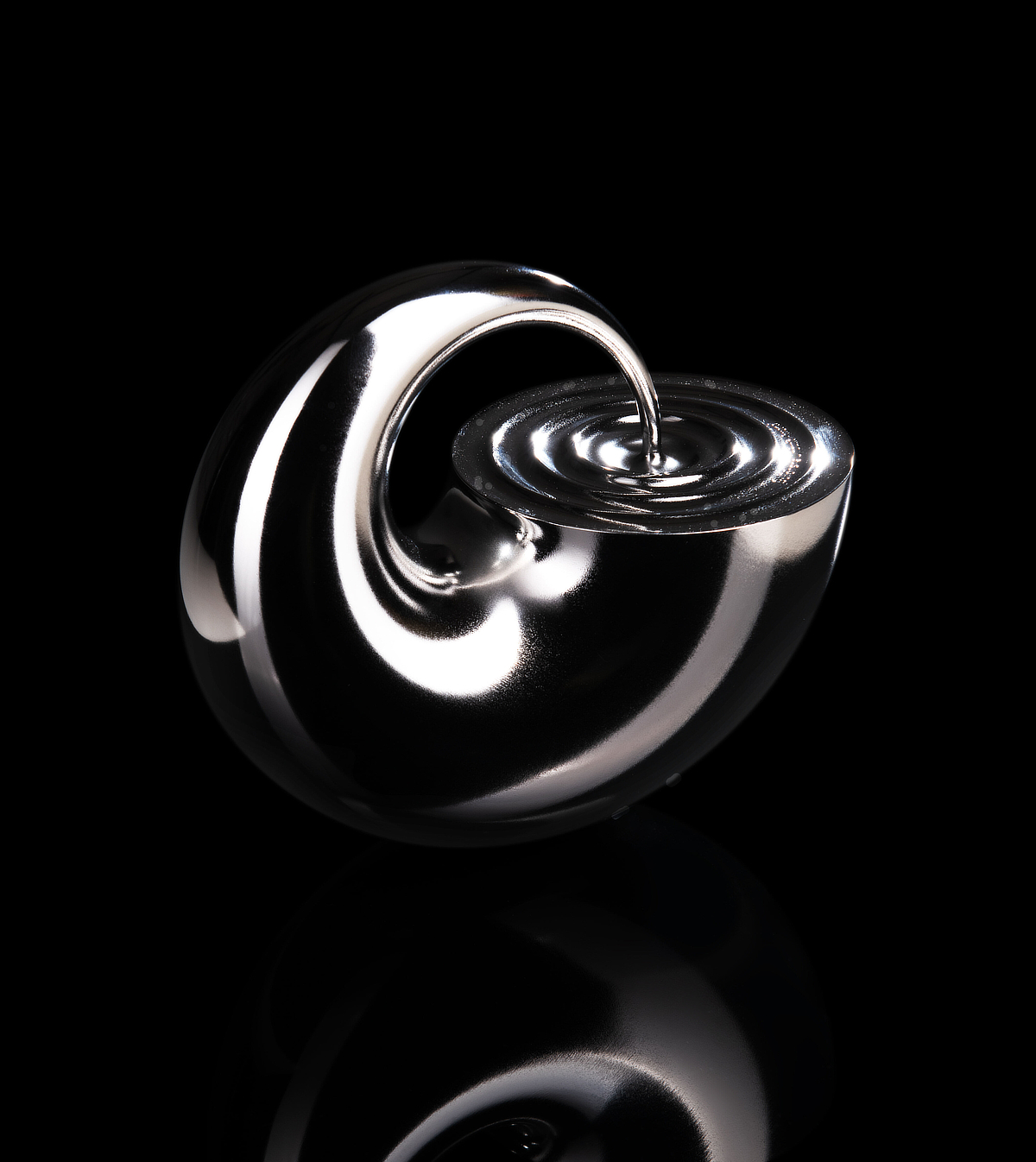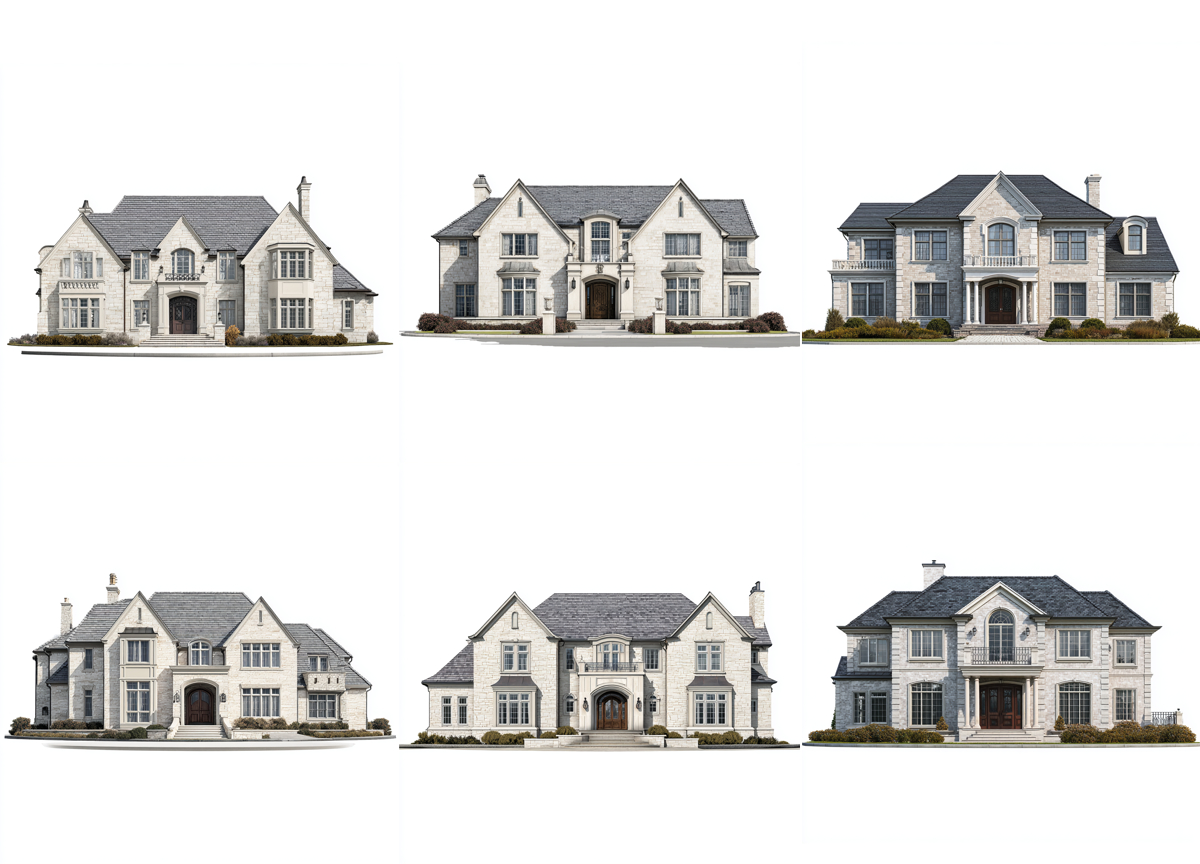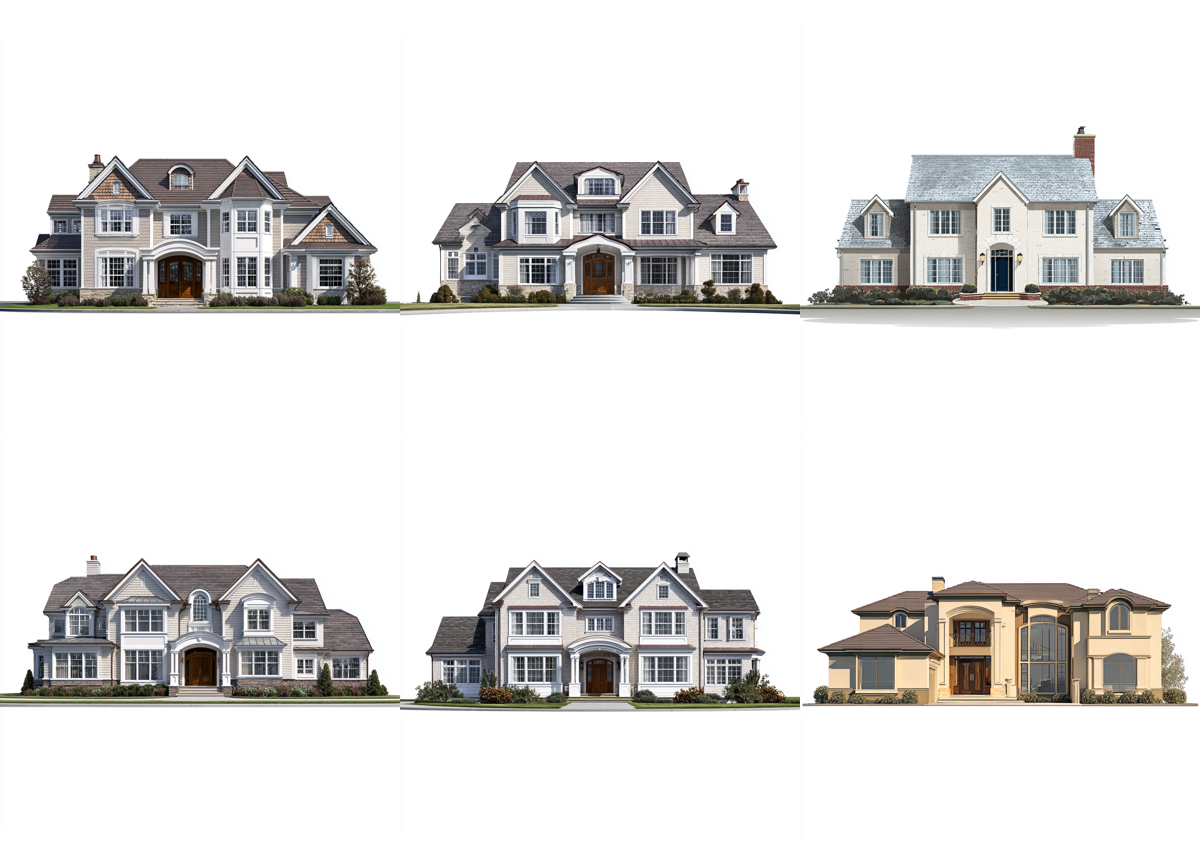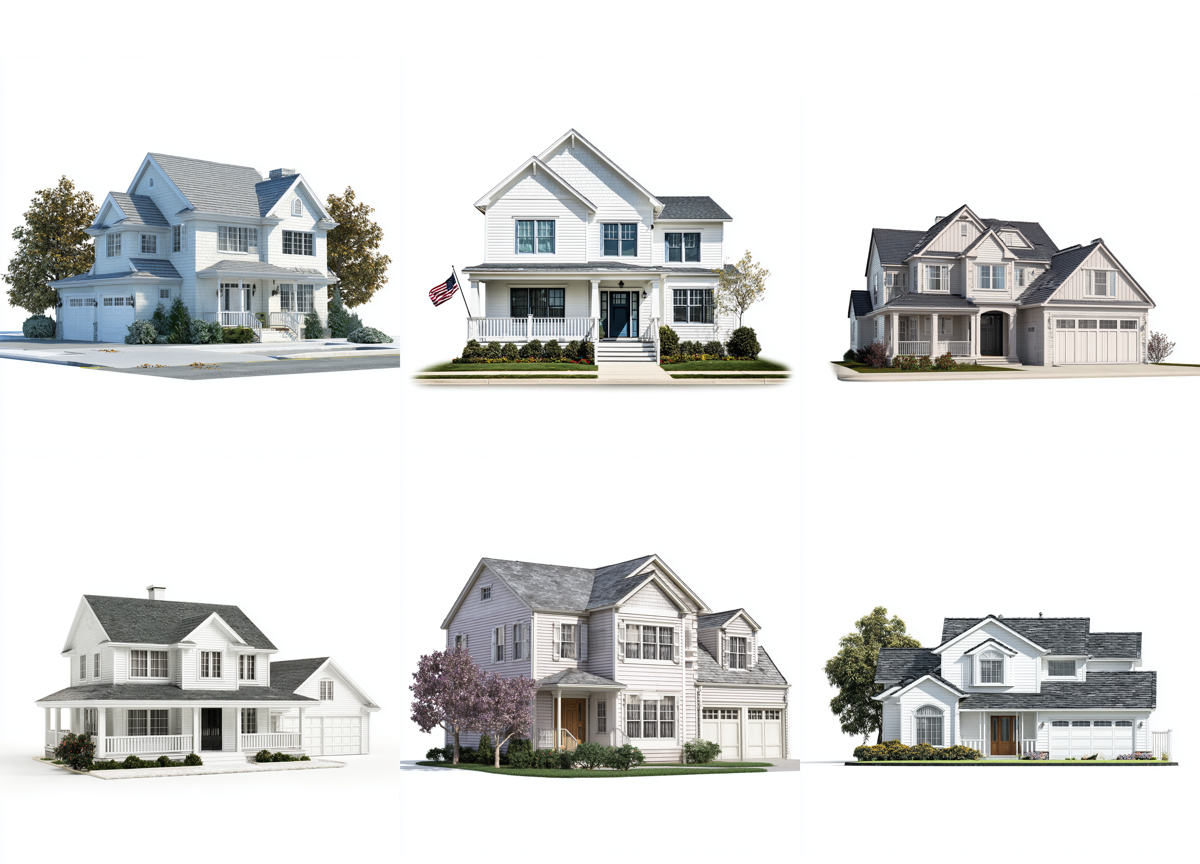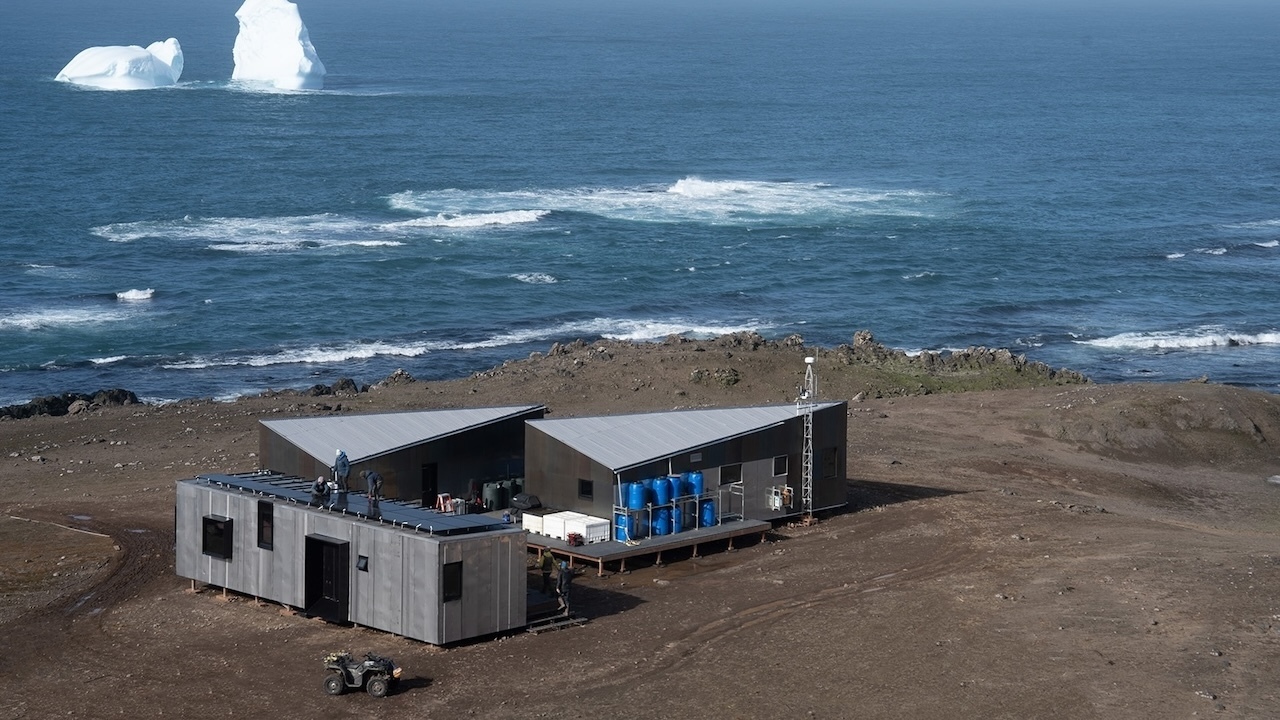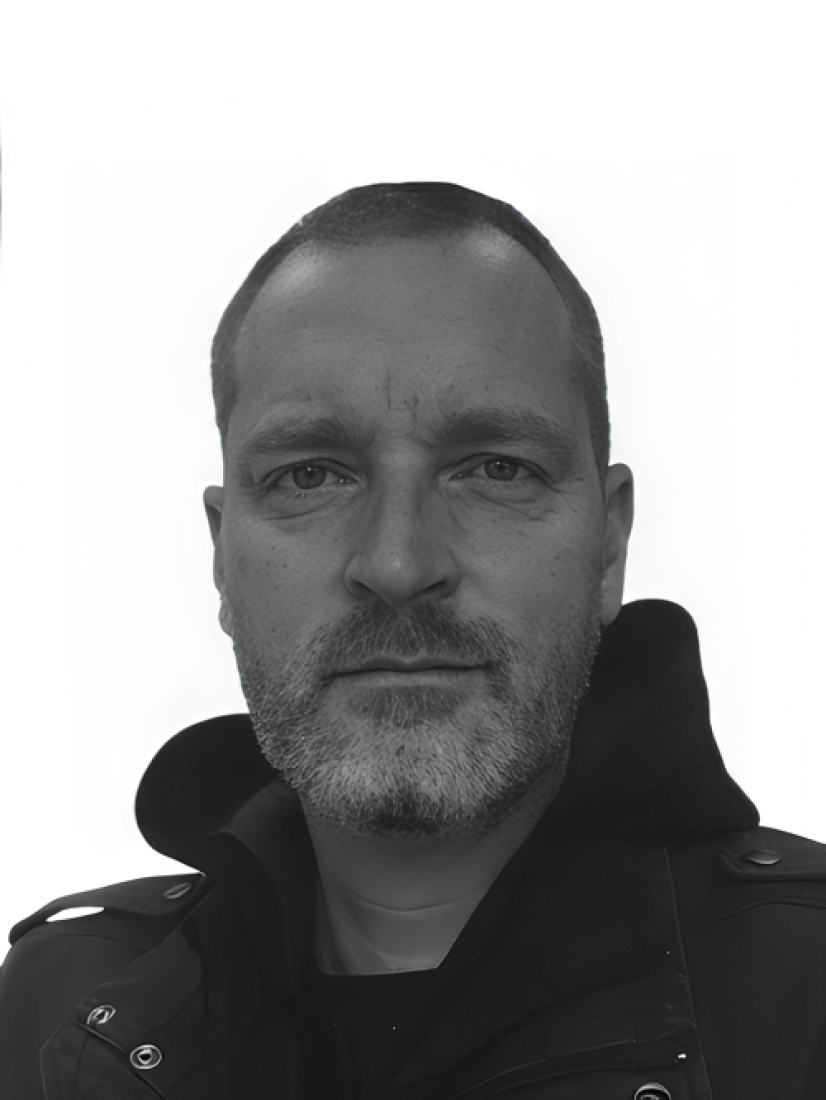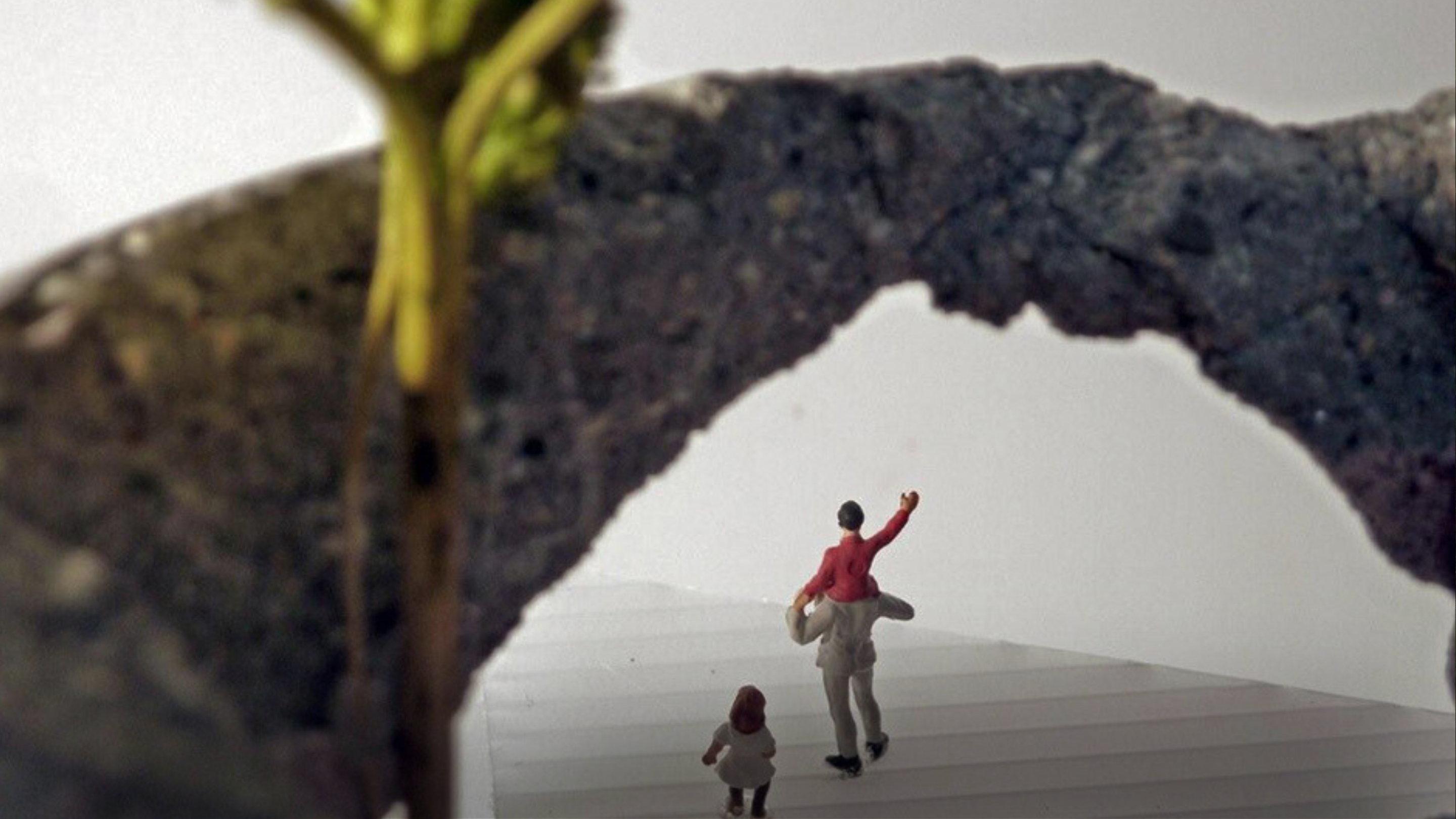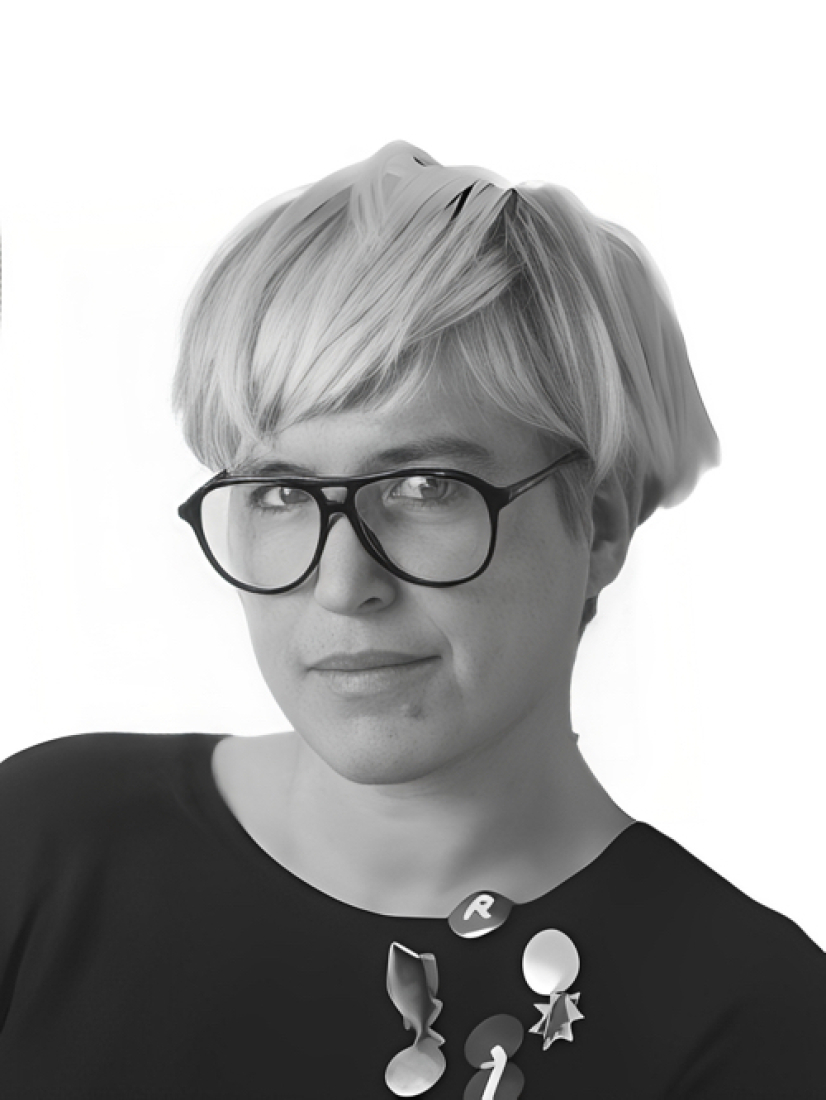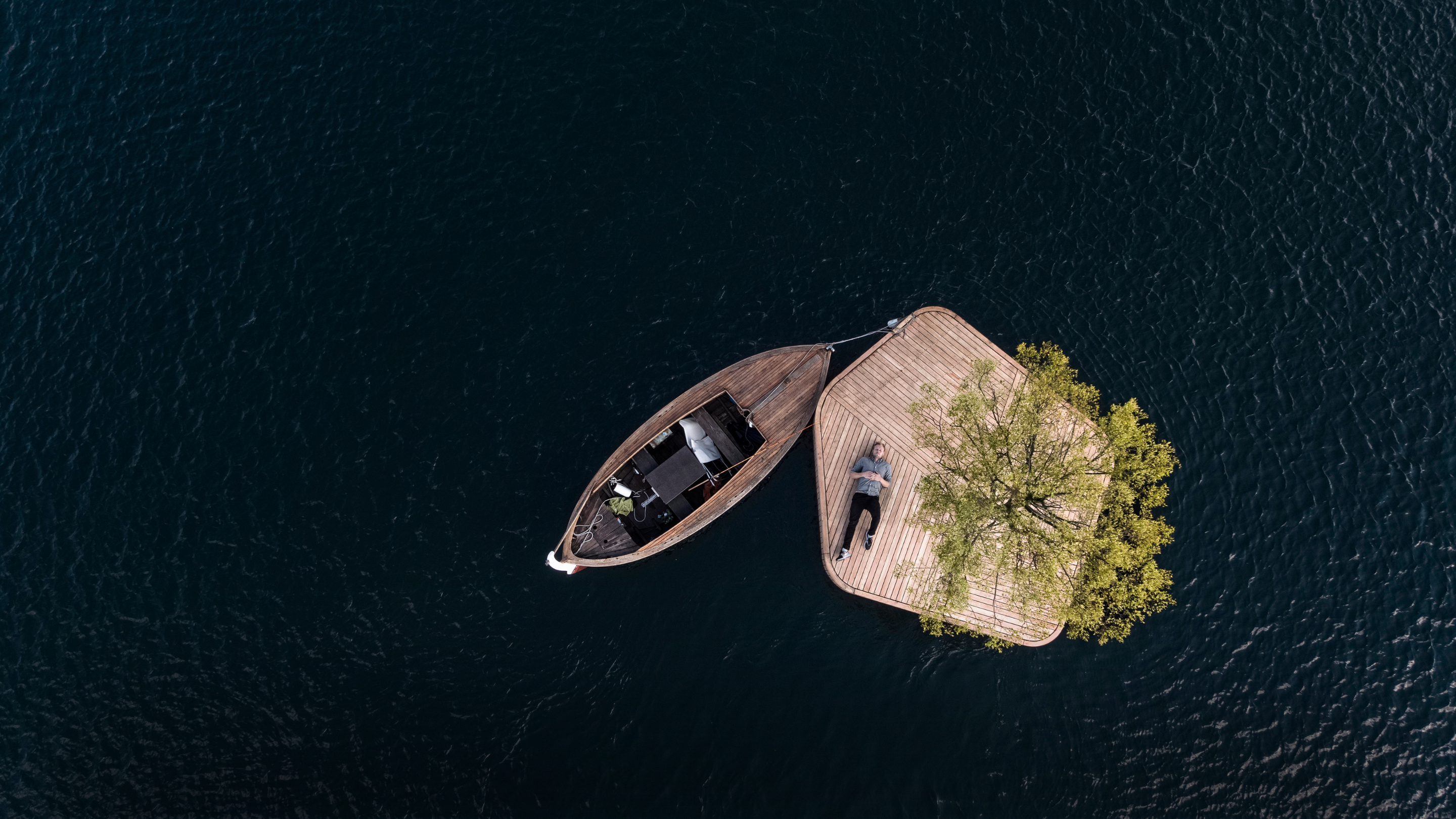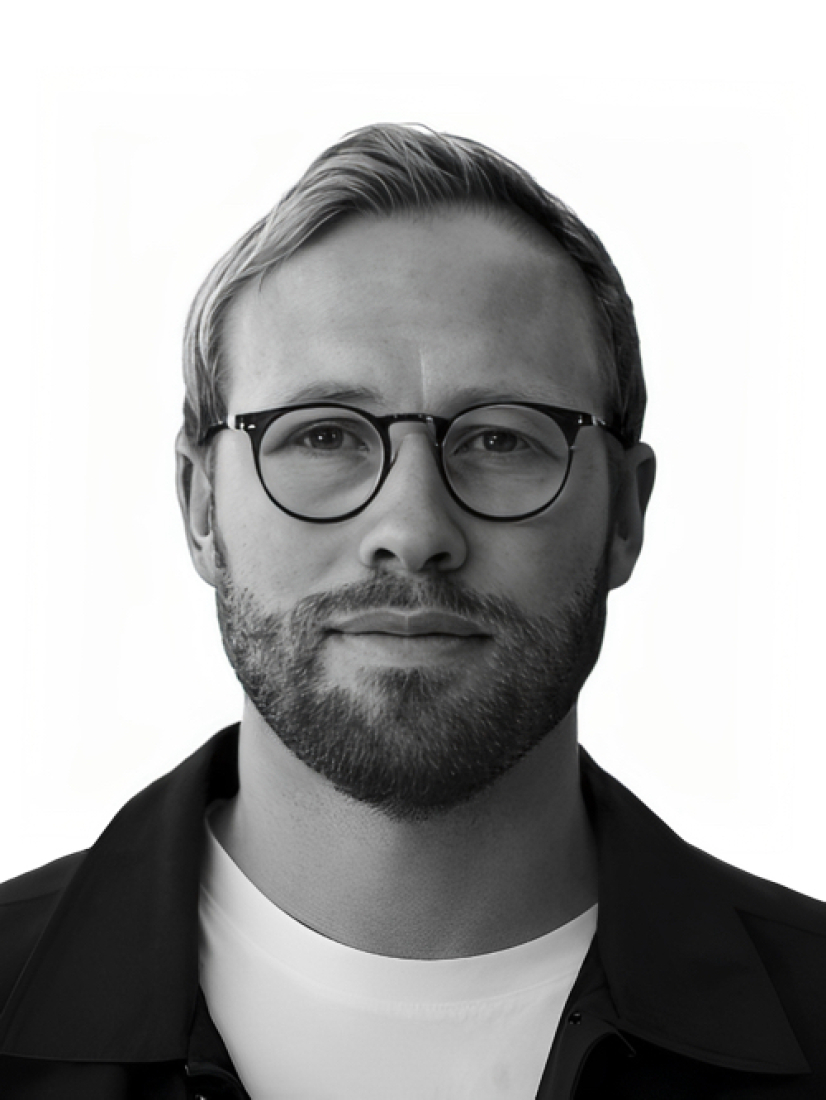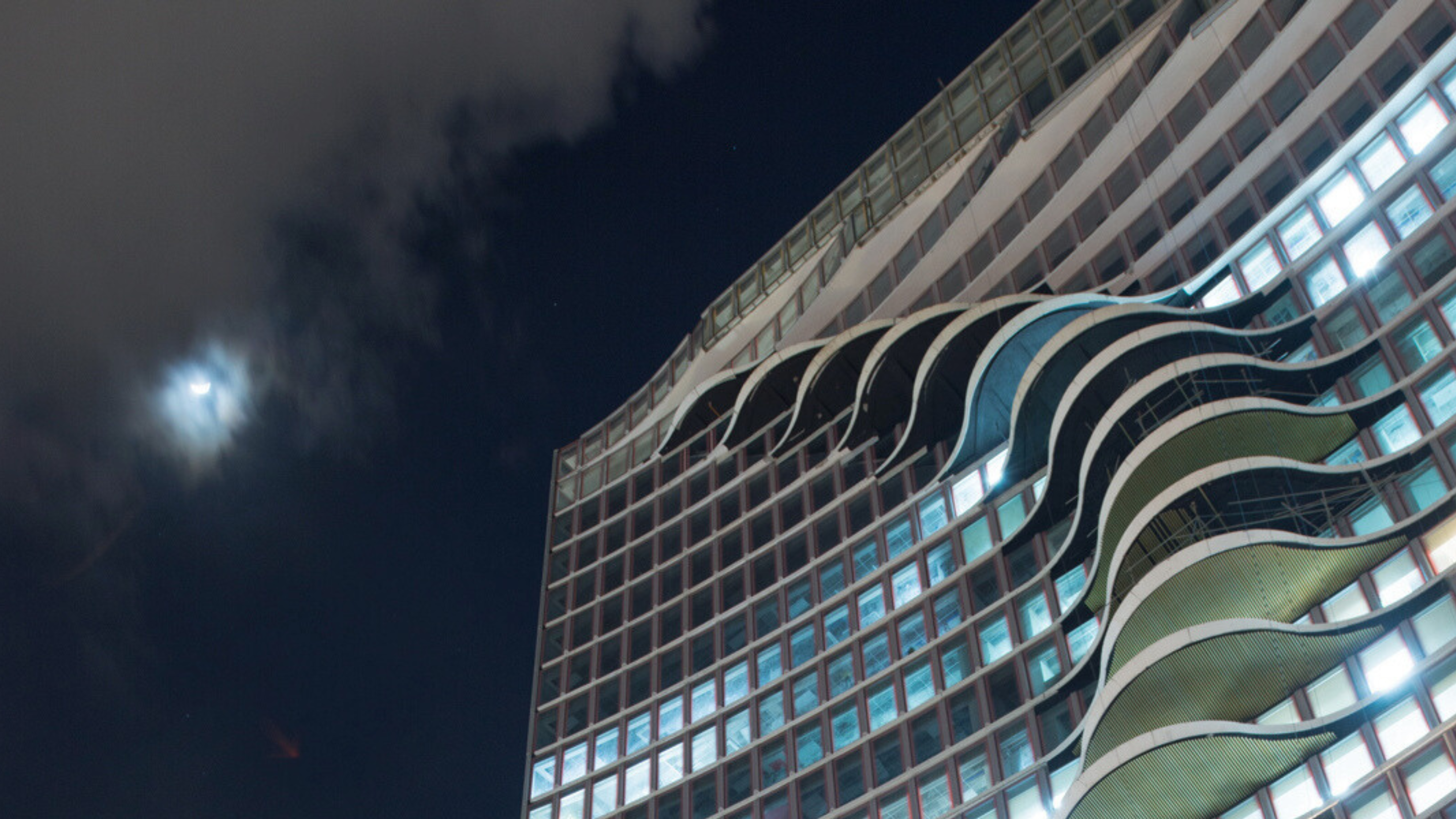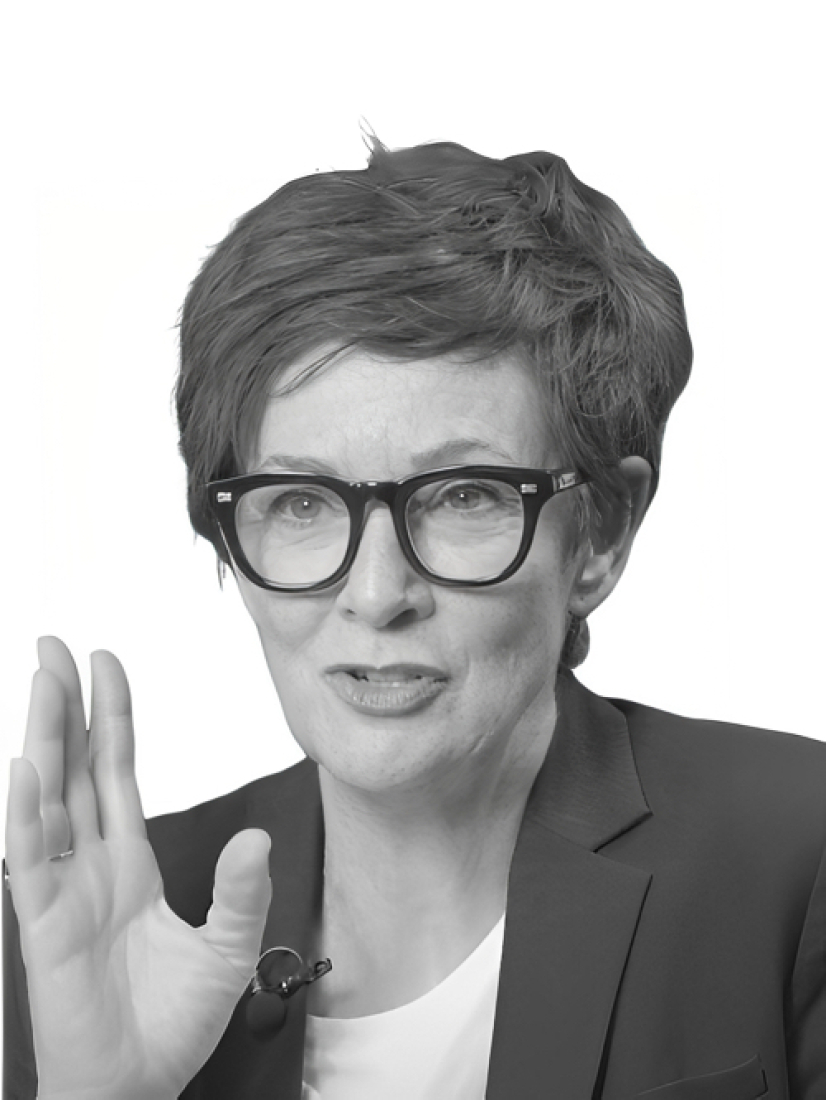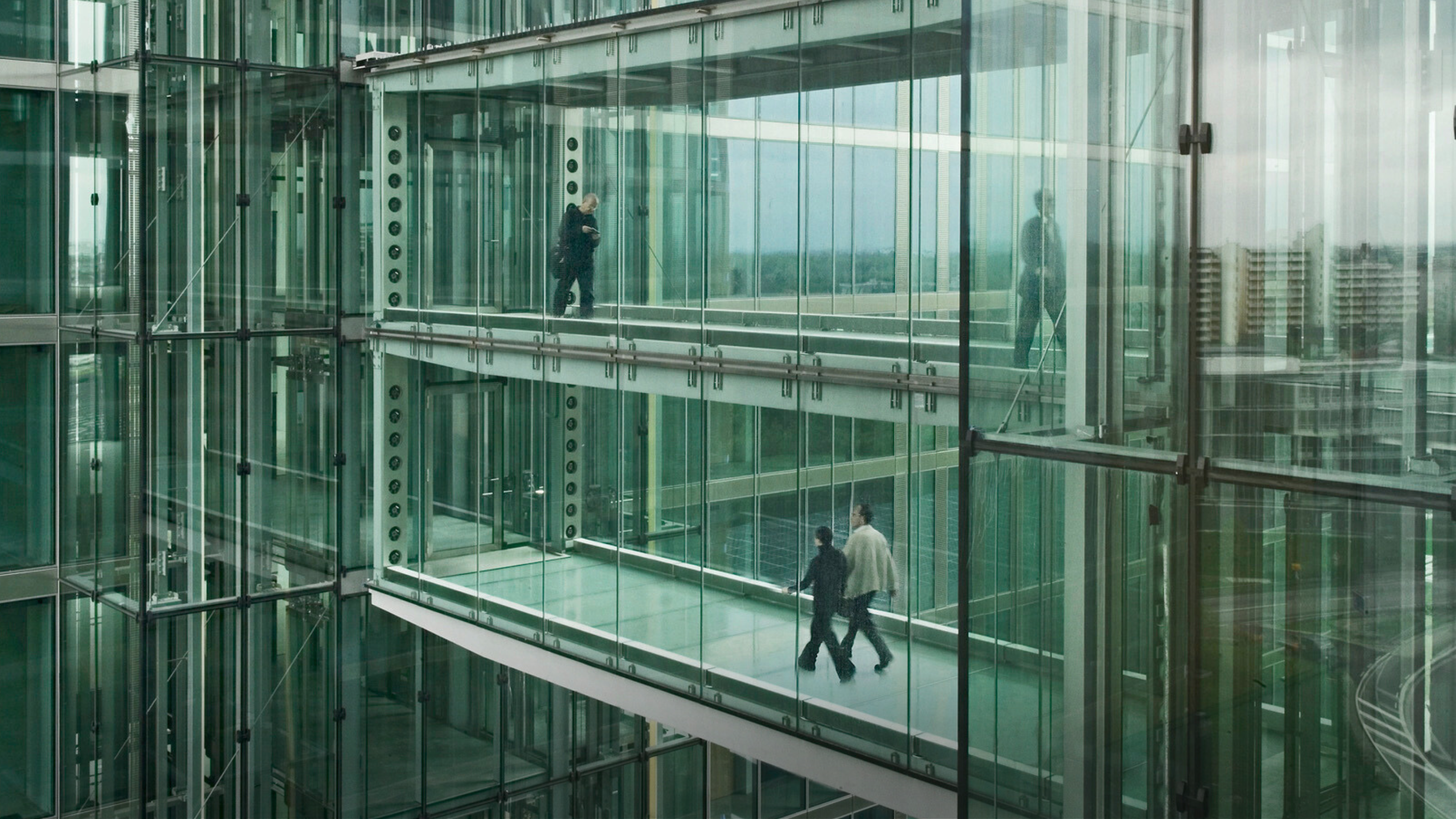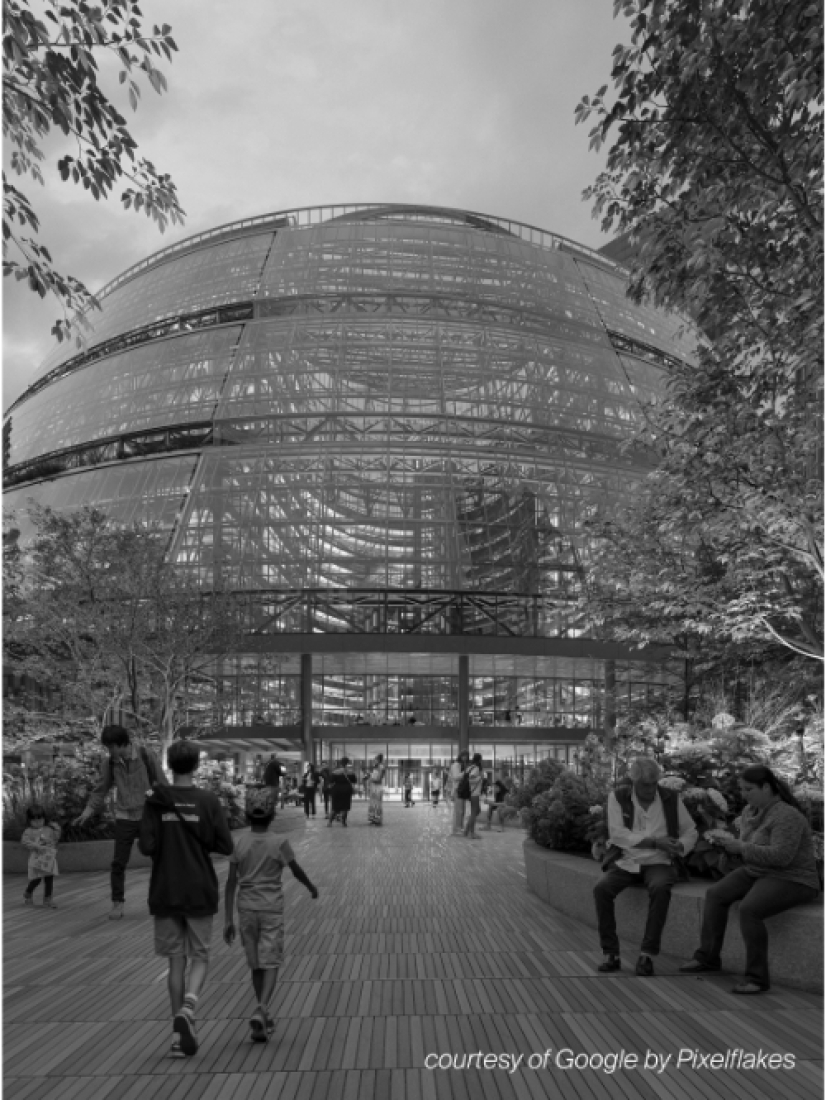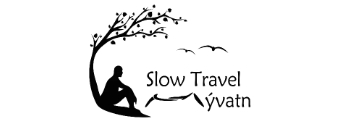5 key facts about this project
(EN)TRANCE is an architectural project designed to create a therapeutic environment dedicated to meditation, relaxation, and personal reflection. Situated in a natural landscape, the design merges innovative architectural strategies with the surrounding ecosystem, offering a refuge for individuals seeking both a connection with nature and an avenue for personal rejuvenation.
Healing-Centered Design
The project’s core function lies in supporting psychological and emotional well-being. Spaces are arranged to host activities such as yoga, meditation, and quiet contemplation, encouraging users to step away from daily demands. The spatial flow is carefully organized to cultivate relaxation, while the design choices highlight how architecture can directly influence human psychology.
Light, Sound, and Spatial Experience
Large windows and glass partitions introduce natural light and frame external views, reinforcing openness and tranquility. A sequence of arch-shaped voids guides visitors through the structure, shaping a gradual transition from the outside world into a more immersive retreat. These architectural gestures balance aesthetic quality with experiential function, enhancing the meditative atmosphere.
Materiality and Sustainability
Sustainability is embedded in the material palette, which emphasizes natural stone and wood for durability and visual harmony with the site. Composite clay tiles are used for flooring, chosen for their moderate thermal properties that improve comfort indoors. The design also integrates a rainwater reuse system, underscoring ecological responsibility.
Concept and Functional Zones
A defining feature of (EN)TRANCE is its conceptual framework around the notion of “trance,” representing heightened awareness and introspection. Elements such as the central meditation mass and a flowing herbal pond deepen sensory engagement, establishing immersive environments tailored to meditative practices. The project is organized into distinct zones, each supporting different forms of meditation and relaxation. This layered spatial strategy ensures both individual retreat and opportunities for communal reflection, reinforcing the project’s adaptability to diverse user needs.


